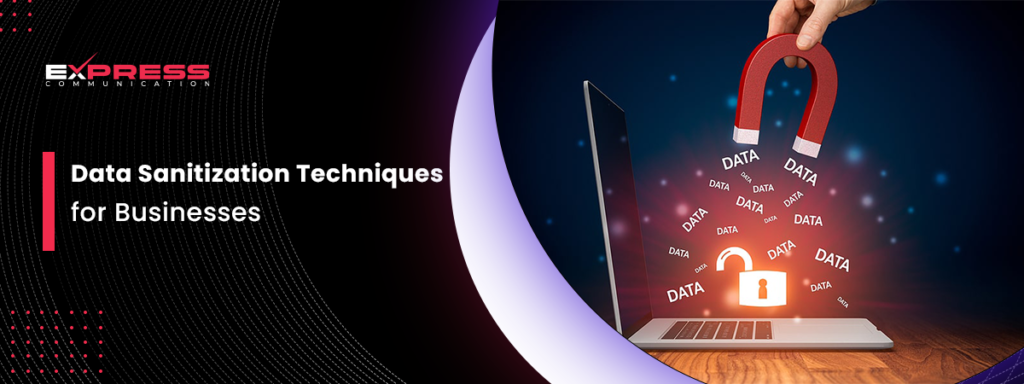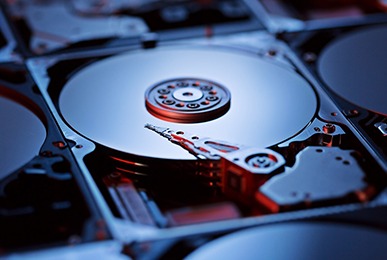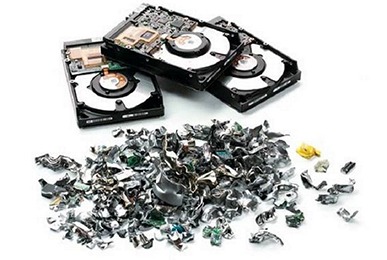
Have you ever wondered what happens to your old computers and hard drives when you replace them? Have you thought about what happens to all the information stored on them? This is where data sanitization comes in. Businesses must ensure that their old data doesn’t fall into the wrong hands. Let’s dive into the world of data sanitization and see how it helps keep your business information safe.
Table of Contents
What is Data Sanitization?
Data sanitization is the process of securely and permanently removing data from storage devices, such as hard drives, SSDs, or any other media. This means that the data cannot be recovered by any means. Think of it as a super-strong eraser that makes sure all the information is gone for good.
Why is Data Sanitization Important for Businesses?
Imagine your business has customer information, financial records, or sensitive company data stored on old computers or servers. If this data isn’t properly erased before you dispose of the devices, it can be recovered by someone else. This could lead to identity theft, financial loss, or other serious problems. Data sanitization protects your business from these risks by ensuring that all sensitive information is completely erased.
Types of Data Sanitization Techniques
There are several techniques businesses can use to sanitize data. Each has its own strengths and is suited for different situations. Here are some of the most common ones:
1. Data Wiping
Data wiping involves using software to overwrite data on a storage device. This software writes random patterns of data over the old information multiple times, making it very difficult to recover the original data. It’s like scribbling over a written note again and again until it’s unreadable.
2. Degaussing
Degaussing is a technique used to erase data from magnetic storage devices, such as hard drives and tapes. It uses a strong magnetic field to disrupt the magnetic domains on the device, effectively erasing all the data. However, degaussing can only be used on magnetic media and not on SSDs.
3. Physical Destruction
Sometimes, the best way to ensure data cannot be recovered is to physically destroy the storage device. This can involve shredding, crushing, or melting the device. While this method is very effective, it can be costly and is not environmentally friendly. It’s like smashing a smartphone with a hammer to make sure no one can ever use it again.
4. Cryptographic Erasure
This technique involves encrypting the data and then deleting the encryption keys. Without the keys, the encrypted data is useless and cannot be decrypted. It’s like locking important documents in a safe and then destroying the key.
Choosing the Right Data Sanitization Method
Selecting the right data sanitization technique depends on several factors, including the type of data, the storage device, and the level of security required. Here are some tips to help businesses make the right choice:
- Type of Storage Device: Magnetic devices like hard drives can be degaussed, while SSDs should be wiped or physically destroyed.
- Sensitivity of Data: Highly sensitive data might require physical destruction or multiple wiping passes to ensure it is completely unrecoverable.
- Regulatory Requirements: Some industries have specific regulations regarding data sanitization, so it’s important to comply with these rules.
- Cost and Environmental Impact: Consider the cost and environmental impact of each method. For example, physical destruction can be expensive and harmful to the environment.
Data Sanitization Best Practices
Implementing data sanitization best practices is crucial for ensuring the process is effective and secure. Here are some tips for businesses:
1. Create a Data Sanitization Policy
Having a clear policy in place helps ensure that all employees know how to properly handle data sanitization. This policy should include guidelines on when and how to sanitize data, which methods to use, and how to document the process.
2. Train Employees
Employees should be trained on the importance of data sanitization and how to perform it correctly. Regular training sessions can help keep everyone up-to-date with the latest techniques and best practices.
3. Document the Process
Keeping records of data sanitization activities is important for accountability and compliance. Businesses should document which devices were sanitized, the method used, and the date of sanitization.
4. Regular Audits
Regularly auditing the data sanitization process helps identify any gaps or weaknesses. Audits ensure that the sanitization methods are effective and that the policy is being followed correctly.
Common Mistakes to Avoid
While data sanitization is essential, it’s easy to make mistakes that can compromise the security of your data. Here are some common mistakes businesses should avoid:
1. Not Verifying the Process
Simply running a data-wiping software isn’t enough. Businesses should verify that the data has been successfully erased. This can involve using data recovery tools to ensure that no information can be recovered.
2. Ignoring Non-Digital Data
Data sanitization isn’t just for digital information. Businesses should also consider physical documents and other non-digital data. Shredding or burning sensitive documents is essential for complete data security.
3. Reusing Storage Devices Without Sanitization
Reusing storage devices without properly sanitizing them first can lead to data breaches. Always ensure that devices are fully wiped or destroyed before being reused or sold.
Conclusion
Data sanitization is an essential practice for businesses to protect sensitive information and prevent data breaches. By understanding the various data sanitization techniques and implementing best practices, businesses can ensure that their data is securely and permanently erased. Remember, keeping your data safe doesn’t just end when you’re done using it – it’s about making sure it’s gone for good.





